Work More Comfortably with Drafting Chairs & Office Stools
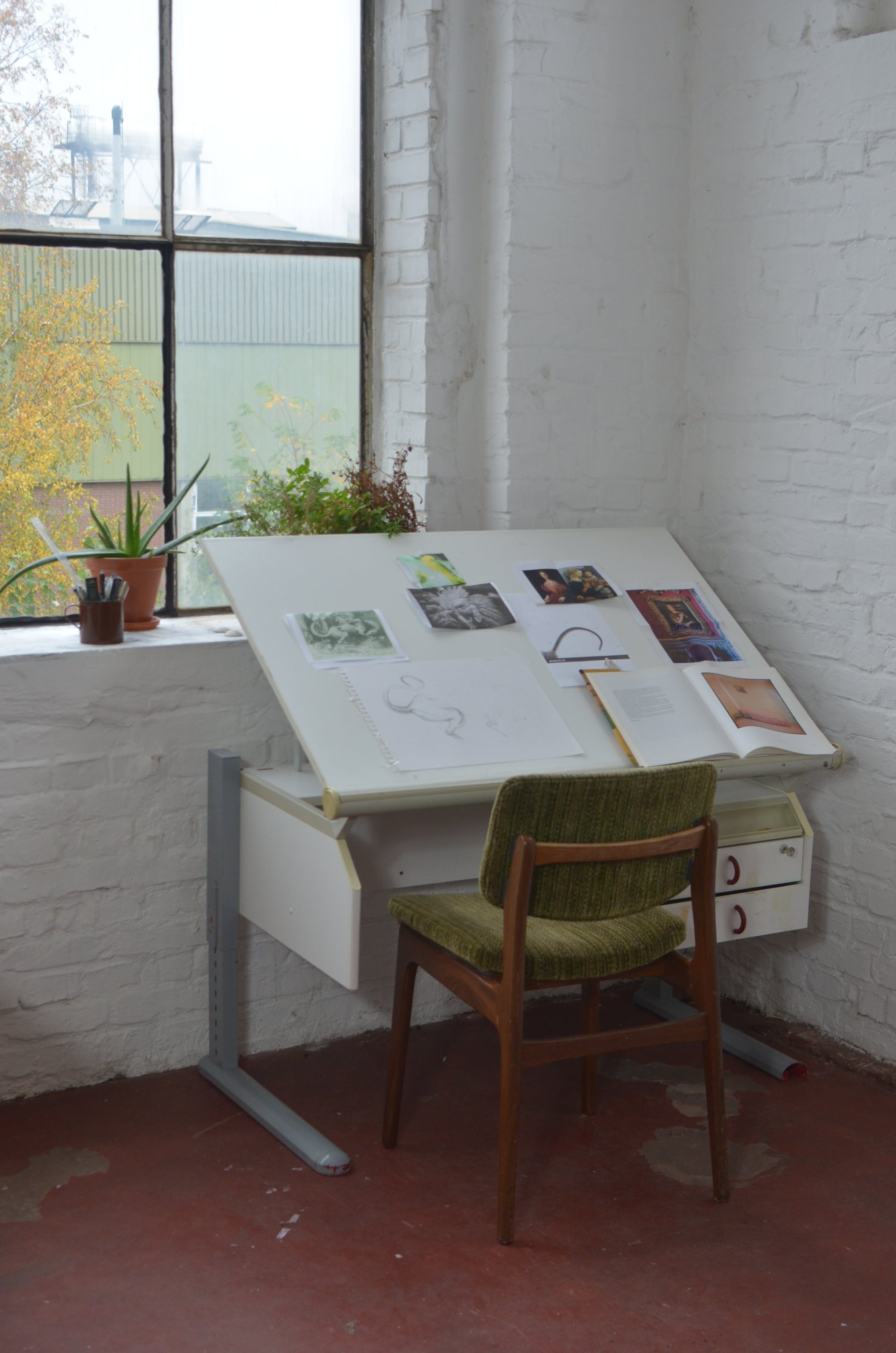
Architects, engineers, and even artists all have jobs that require long hours of sitting. But one secret they have about being hunched over a desk all day and reducing the impact that has on their bodies is drafting chairs and stools. 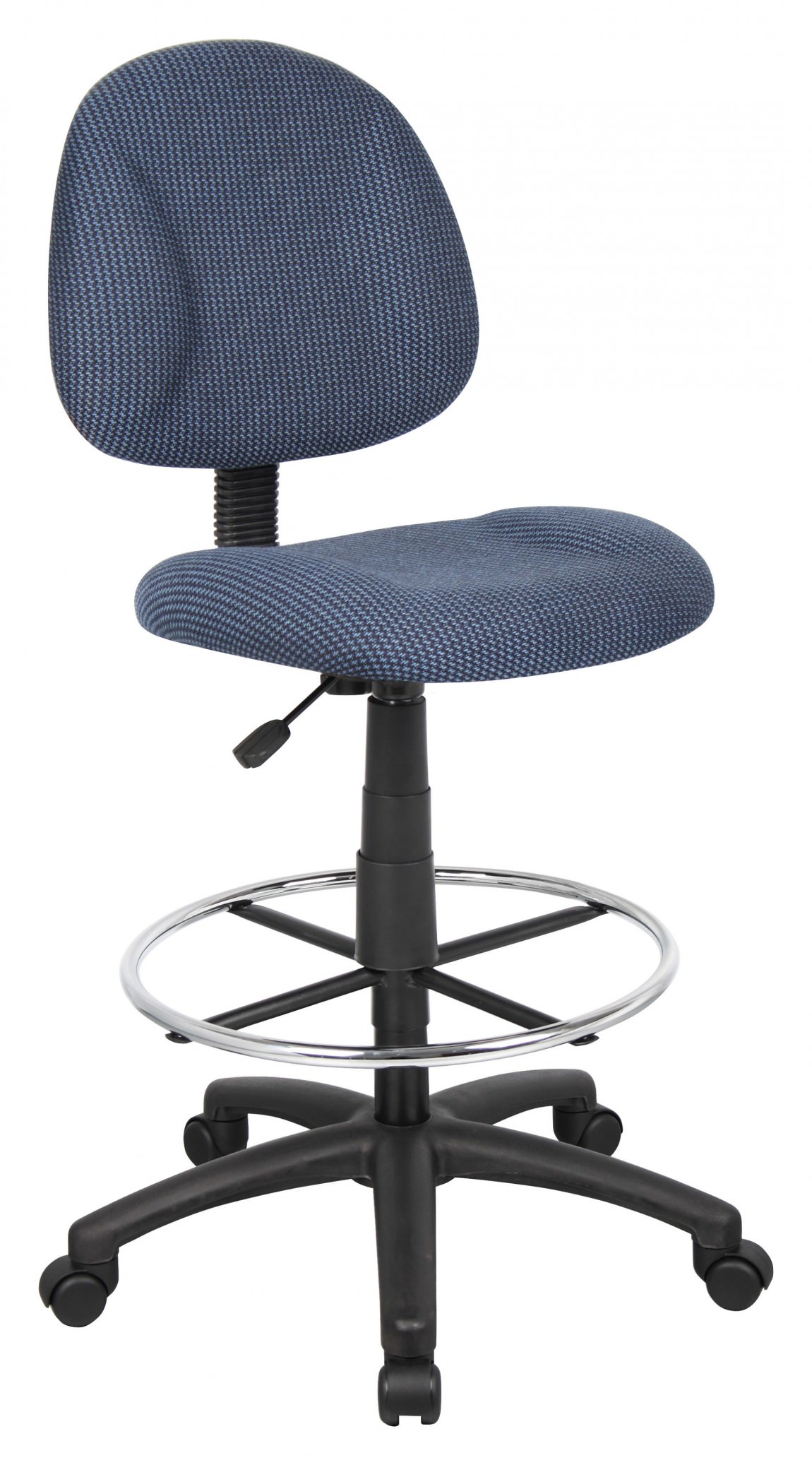
What is a drafting chair?A drafting chair is designed for people who work on high surfaces, such as drafting tables, standing desks, or counters. They are taller than standard office chairs, with seat heights typically ranging from 26 to 34 inches, allowing users to comfortably sit or perch at elevated work surfaces. Whether you require a high surface to complete your work or not, they are made to be ergonomic with plenty of other adjustable features that offer desk workers a multitude of benefits. Not only that, but having a height-adjustable desk offers you the flexibility to stand for periods throughout your work day, further reducing the impact on your back from sitting. 
1. Say Goodbye to Back Pain with the Right ChairThere is a universal plight that all desk workers face: back pain. The impact that traditional office chairs can have on posture and energy levels is immense, and we all know it. While drafting stools might not directly reduce back pain, they can contribute to a working setup that promotes good posture and reduces the risk of pain. Unlike traditional office chairs, stools often lack backrests, which can nudge you to change positions more frequently throughout the day. This slight shift from sitting to perching or standing can help prevent muscle fatigue and stiffness that can lead to back pain. Balancing on a stool naturally engages your core muscles, which helps stabilize your spine and maintain good posture. This can take some pressure off your lower back, potentially reducing pain. Drafting stools are typically adjustable, allowing you to find the perfect height for your workspace. This ensures your knees are bent at a comfortable 90-degree angle and your feet rest flat on the floor or on a footrest, reducing strain on your back and legs. 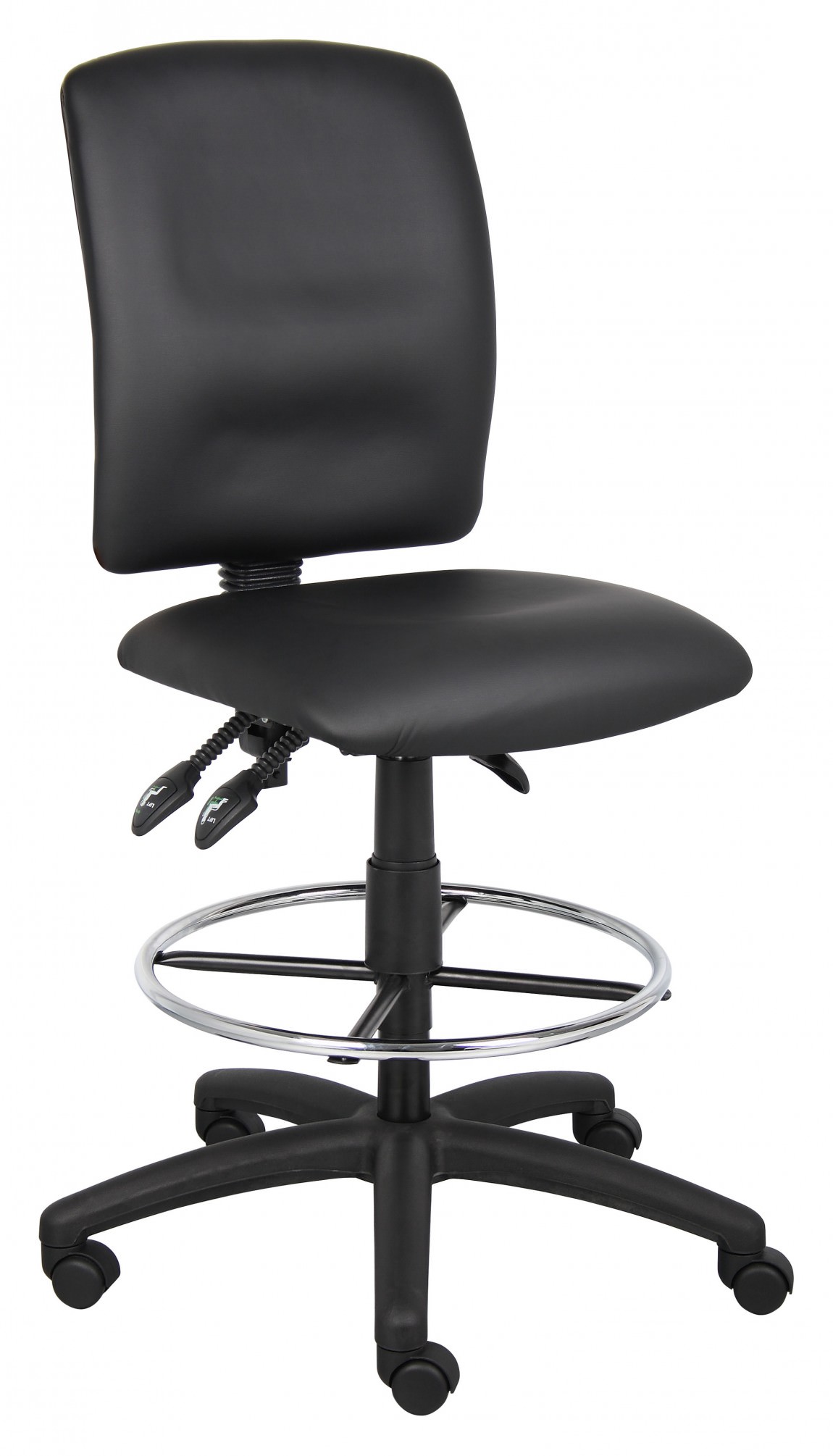
2. Drafting Chairs for Standing Desks and High SurfacesSit-stand desks have become increasingly popular in recent years, promising a healthier, more productive way to work. But even dedicated standers need to sit sometimes. That's where drafting chairs can help. These versatile seating options, designed for high surfaces like standing desks and drafting tables, offer a unique blend of comfort, support, and functionality. Traditional office chairs don't often offer the same amount of flexibility for standing desks. When not properly fitted, they can be too low, forcing you to hunch over your work while creating neck and back strain. Drafting chairs, with their adjustable heights and ergonomic features, bridge the gap between sitting and standing. 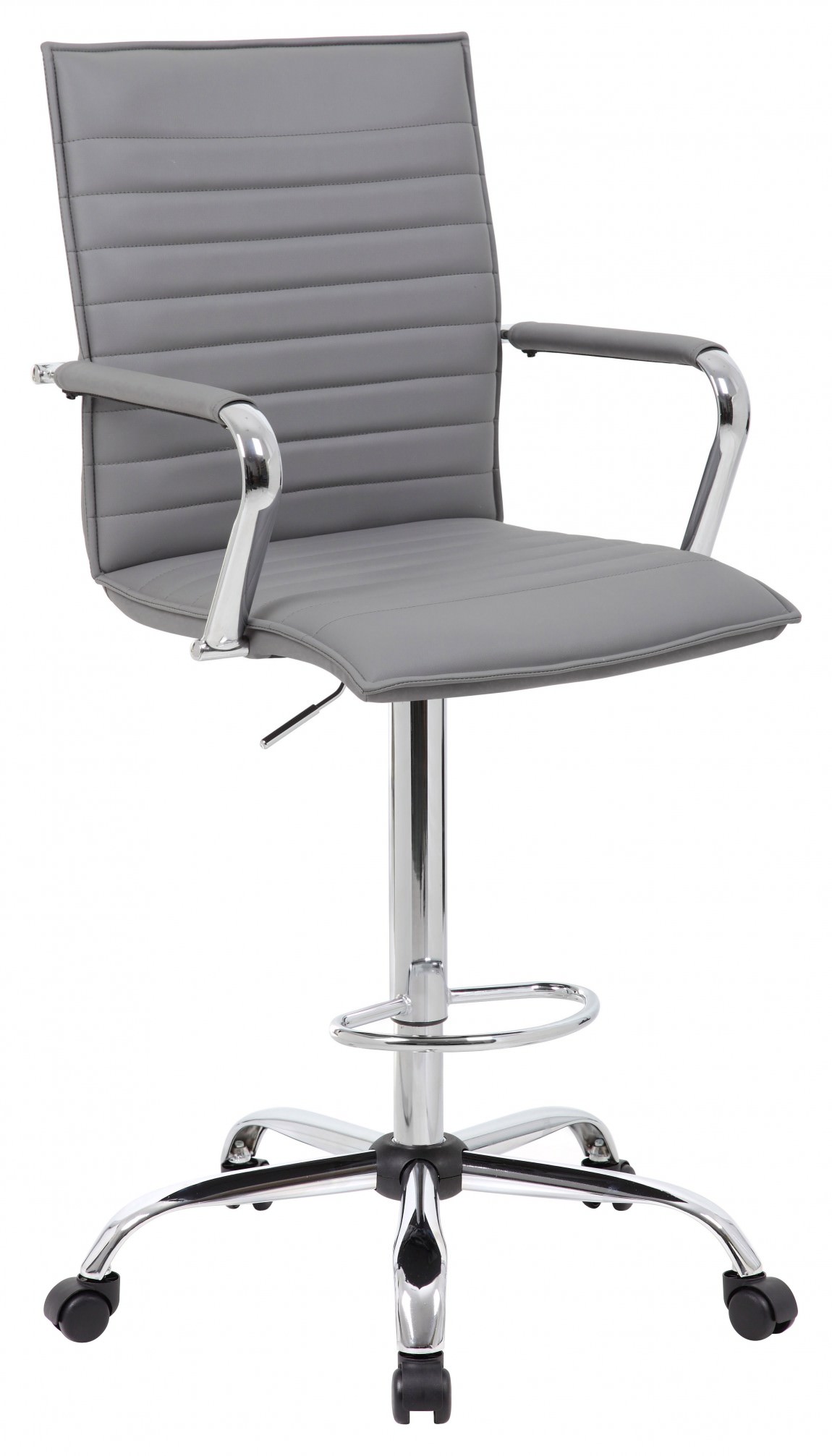
3. Essential Features for a Comfortable Drafting Chair or StoolAdjustable Height: This is a non-negotiable feature. Whether you're tall or petite, being able to tailor the seat height to your specific desk or surface is important. Try ergonomic drafting chairs or stools that allow your knees to bend at a comfortable 90-degree angle while your feet rest flat on the floor or on a footrest. Posture Powerhouse: Slouching is the enemy of comfort. Look for chairs with lumbar support built into the backrest to keep your spine in a neutral position; this helps prevent hunching. Some stools offer contoured seats that facilitate pelvic alignment, adding another layer of proper posture promotion. Footrest Friend: A footrest takes the pressure off your lower back and legs, especially when sitting on a taller stool. Adjustable footrests let you find the perfect position for optimal leg support, keeping you comfortable and focused throughout the day. Ergonomic Extras: For those seeking the ultimate in comfort and support, consider chairs with adjustable armrests that take the strain off your shoulders and neck. Breathable mesh backs can keep you cool and prevent overheating while working. Material Matters: Drafting chairs and stools come in various materials, each with its own benefits. Mesh offers breathability and flexibility, while padded fabric provides softness and comfort. Leather brings traditional luxury and is easy to clean, while nylon and plastic are durable and budget-friendly choices. Pick the material that best suits your needs and style. Â 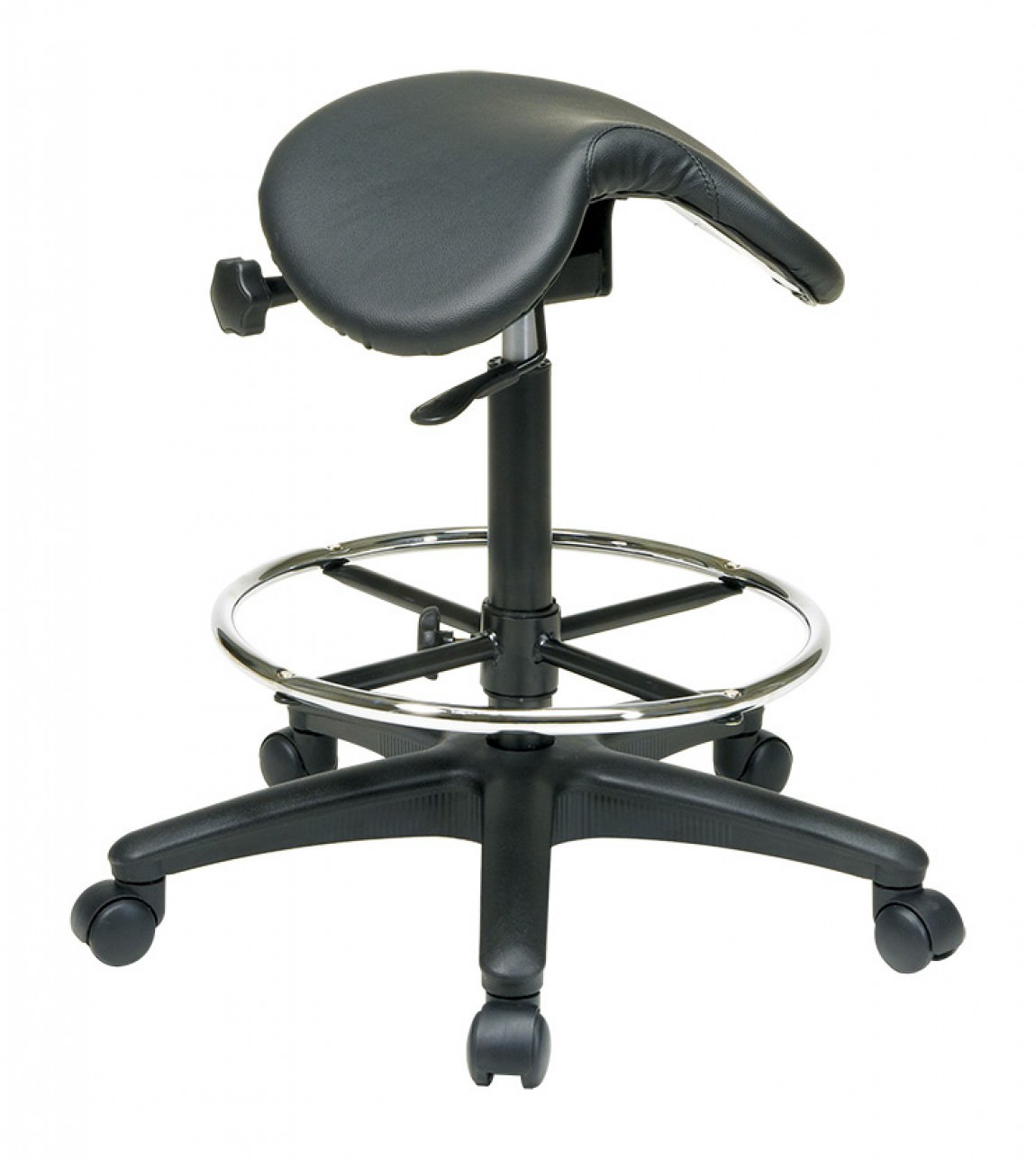
4. Beyond Backs: Boosting Leg Comfort and Circulation with Drafting ChairsGood circulation is key for overall health and well-being. Drafting chairs can assist in the battle against sluggish blood flow.

5. Sleek Drafting Chairs and Stools to Complement Your SpaceStool vs. Chair: The Great Divide: This choice boils down to personal preference and work style. Chairs offer full back support and armrests for maximum comfort, making them ideal for those sitting for extended periods. Stools are more compact and encourage movement, making them perfect for shorter bursts of sitting or for those who prefer a minimalist approach. Test Drive Before You Buy: Don't just take pictures at face value! Whenever possible, try out your potential chair or stool before committing. Adjust the height, lean back, engage the footrest, and see how it feels. Listen to your body and choose the option that keeps you comfortably supported and ready to tackle any task. 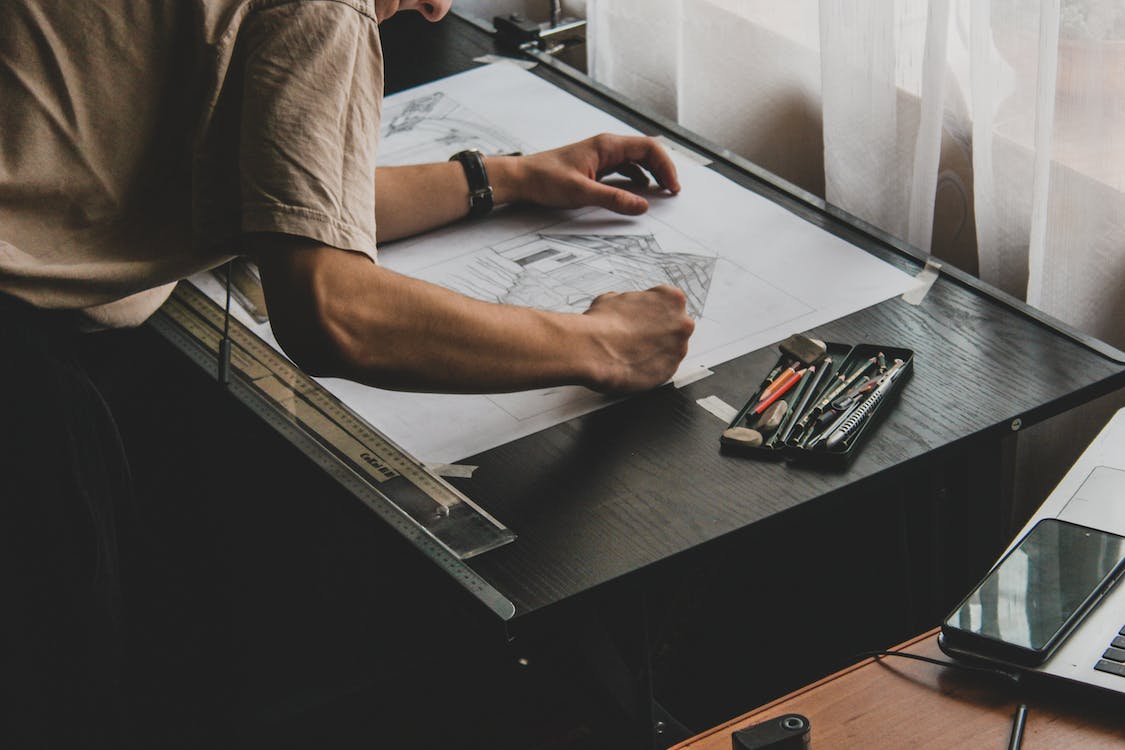
ConclusionRemember, your ideal ergonomic drafting chairs or stools are an investment in your health and productivity. By prioritizing adjustability, ergonomics, and personal comfort, you can find the perfect perch to elevate your work experience and keep you soaring (without the backaches) all day long! chair, drafting, drafting chair, office chair, standing desk, traditional office chair
More From This Author
|